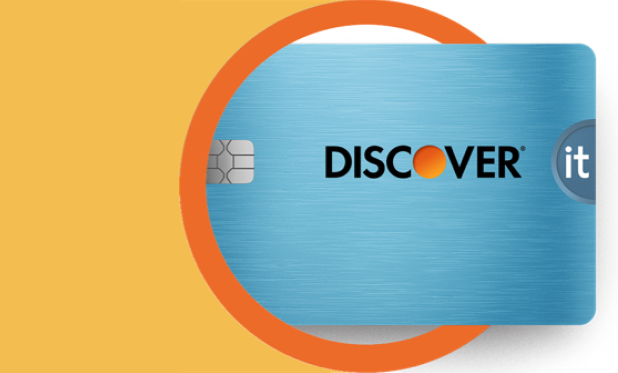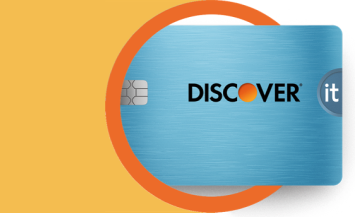Your credit report is a summary of your credit history. It details your credit journey. Your credit report can include the following:
- Personal information: Your name, address, birth date, and Social Security number.
- Credit information: How many credit accounts you have, available credit limits, account balances, payment history, the age of your accounts, and the name of each creditor.
- Credit inquiries: A listing of the inquiries that lenders have made for your credit reports over the last two years. When you apply for a loan, you authorize your lender to ask for a copy of your credit reports.
- Public record information: If you’ve ever filed for bankruptcy or had a foreclosure.
Three major credit bureaus are responsible for creating credit reports. There are smaller companies that focus on certain market areas like employment or housing rentals. These reports might also include your credit history.
A credit bureau collects information from banks, lenders, collection agencies, and public records. They compile this information into a report and then sell it to lenders who use it to decide if they want to lend you money or credit and at what rate.
Other businesses might use this information too. A landlord could use your credit report to decide if they want to rent you a house. A phone company might review your credit history before offering you a phone plan. Some employers might review your credit report before deciding if they want to offer you a job.
If you review your credit report from each credit bureau, you may find differences between them. This is because the information on your credit reports comes from financial institutions and collection agencies that may not report to all three credit bureaus. Reviewing your credit report from all three bureaus allows you to see if there are any differences.




